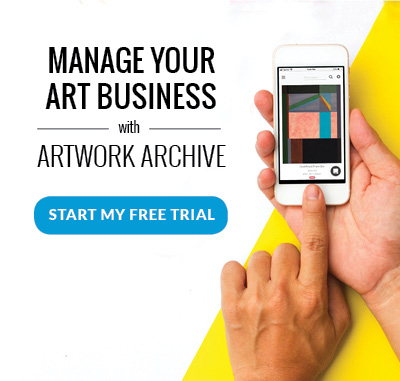 Brainard Carey answers questions on how to seek, find and apply for funding.
Brainard Carey answers questions on how to seek, find and apply for funding.
Carey is an artist that exhibits with his wife, Delia, as part of their art collaborative, Praxis.
The two have done interactive installations, paintings, performances, and notably have been in some major museum exhibits, like the Whitney Museum Biennial. It was during that biennial that Carey became interested in seeking outside funding for their art because he realized he couldn’t depend on the museum for sales.
During the process, Carey learned how to find funders and write letters for individual gifts. When it worked, he was so thrilled that he continued doing it for the rest of his career.
“When an artist receives funding before a work is even produced, besides the financial help, it translates to a belief in your work— to real support,” said Carey. “And that is as important as the money itself, if not more so.”
Carey recently answered some of our most pressing questions about getting funding for your art.
Why should an artist look to outside funding and what funding methods do you recommend?
If artists want to create a series of large work or just need more funding for their studio practice, like traveling or anything related to their practice that they can’t afford, they can seek outside funding in a variety of places.
I like individual gifts, and I think that is the most satisfying and long lasting because you build ongoing relationships that keep supporting you, potentially. Grants and crowdfunding are also good, but they are one-shot deals, and then you have to do it all over again to get more.
What do you see as the benefits and downfalls of each model?
Organization grants are good because there are more of them, but it is more complicated. You need a fiscal sponsor and it is competitive.
Crowdfunding is also great because you have a large potential donor base to address, but it often requires making “gifts” or perks of some kind that need to be shipped—and that process can be daunting and a drag.
Individual gifts are very satisfying, and though it takes some work to craft a high-quality letter, the relationships you build can be long lasting and can yield more than money since you are writing to people who are also well connected.
What does a successful grant application include?
Compelling writing, compelling writing, compelling writing!
Successful grant applications are all about making your idea align with the mission of the grant-giver, and that happens through writing.
I would suggest artists find an editor and a mentor. That’s why I started my classes; artists can learn how to write effective letters in my courses, and then I also personally edit the letters. It is essential to find help in this process, and it literally pays off.
You should also avoid any art-speak of any kind, vague phrases and repeating yourself.
Get excited and share that enthusiasm!
What can artists do to educate themselves on this topic get the funding they want?
I teach courses in funding and I give free webinars that outline funding tactics as well as many other classes for artists.
It’s important to be brave!
It is hard for everyone, so bravery is needed. But, bravery isn’t something you can just magically whip up—you need a support group. If you are not surrounded by supportive people that can really help, then join a class!
If you are interested in watching a free webinar, use this link and you will learn all about funding through my webinar on Patrons and Sponsors for Artists or click here to sign up for the next one,






